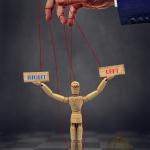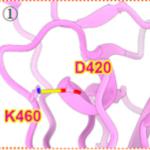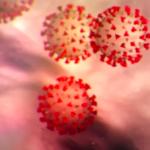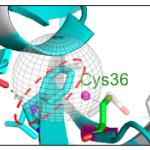In 1768 Russia (and most of Europe) faced a devastating smallpox epidemic. They didn’t have vaccines then, but there was knowledge of a forerunner called inoculation (or variolation), where pus is taken from a smallpox patient and injected i
COVID-19
If you're sick of (or with) COVID, join the club. It's endless. SARS-CoV-2, the virus that causes the disease, keeps throwing one surprise after another at us in ways that could have never been predicted early in the pandemic.
President Biden’s bout with COVID-19 is illustrative of the debate currently raging about “Paxlovid rebound” — the recurrence of symptoms and of testing positive for SARS-CoV-2 after a seemingly successful five-day treatment course of Paxlovid.
As an undergraduate and grad student, I cut my research teeth working on bacteria. I found their resilience to be amazing; they’ll do anything to survive.
Paxlovid, the most widely prescribed drug to treat symptomatic COVID-19, has lately attracted a number of detractors.
Join ACSH directors of bio-sciences and chemistry Cameron English and Dr. Josh Bloom as they break down these stories:
Decades ago, a case report (relating the experience with a single patient) was published, which described how a person’s flu symptoms improved after a bowl of chicken soup, but then reappeared. The article was meant as a kind of parody of the
Pre-exposure prophylaxis (PrEP) is one of several historic breakthroughs in the four-decade battle against HIV/AIDS.
In March 2020, the iconoclastic French microbiologist Didier Raoult announced that the anti-malaria drug hydroxychloroquine had cured all 36 COVID-19 patients enrolled in his clinical trial.












